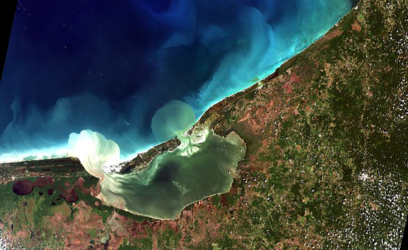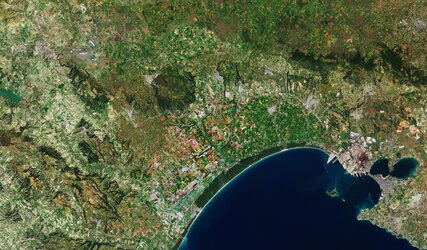

Natural wealth and sovereign risk
Monitoring crop growth and health across many different countries is valuable for the financial sector (for example, for commodity trading) as well as for policymakers.
The World Bank's Global Program on Sustainability is looking beyond traditional financial metrics to account for environmental risks and opportunities, as well as valuing natural capital and ecosystem services. As part of this ambition, the World Bank launched the Environmental, Social and Governance data portal in 2019.
But the environmental data available to the World Bank is usually inconsistent, not sufficiently granular and not available with a high enough frequency. It is also very difficult to compare with wealth data available only at a country level and on an annual frequency.
In 2020, an ESA EO Clinic project supported the World Bank by providing maps and statistics of crop types in several countries that could be used for cross-country comparison. The project team also provided information on crop health that can serve as a foundation for a global crop monitoring system. The data provided was not only more detailed than what the World Bank previously had access to, but also objective and globally consistent, making it a valuable addition to the Bank's resources.
This graph, produced in the EO Clinic project, shows relatively adjusted development of rice production, yield and other variables from 2007 to 2018 in Thailand (against the period's mean).





